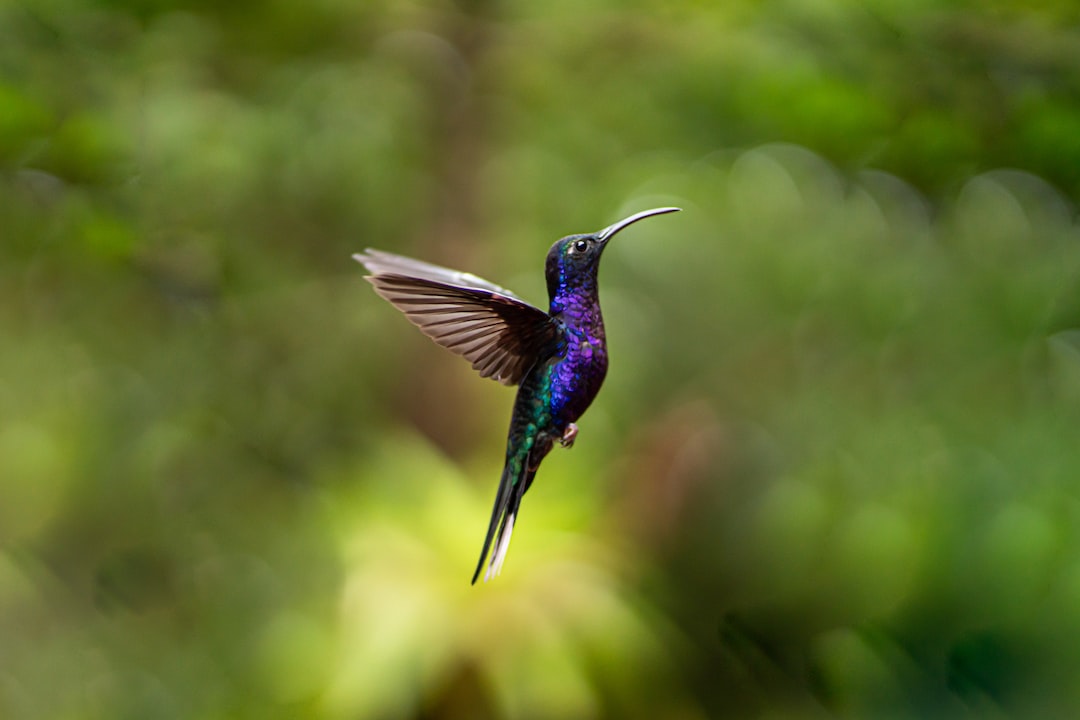The Astonishing Hunting Techniques of Underwater Predators
The world beneath the waves is a realm of mystery and marvel. Hidden beneath the surface, where sunlight struggles to penetrate, lies a world teeming with predators equipped with astonishing hunting techniques. From nimble dolphins to fearsome sharks, these underwater hunters have evolved unique strategies to capture their prey and ensure their survival. Today, we will explore some of the most fascinating hunting techniques employed by these extraordinary creatures.
One of the most impressive underwater hunters is the bottlenose dolphin. These intelligent creatures have adapted and refined their hunting methods over millions of years, making them formidable predators. Using a technique known as mud-netting, dolphins cooperate to corral fish into a tight ball using sound waves and the displacement of water. Once the fish are trapped, the dolphins take turns diving into the center, quickly consuming the panicked fish. This strategic maneuver not only ensures a successful hunt but also fosters social bonding within the dolphin community.
Another astonishing hunting technique is used by the orca, also known as the killer whale. Orcas employ a method known as wave washing to knock seals off ice floes and into the water. Working together in a coordinated manner, a group of orcas creates a large wave by swimming rapidly towards the ice floe. This wave then crashes onto the floe, causing the seals to lose their footing and fall into the water. As the bewildered seals are disoriented, the orcas seize the opportunity to capture them. This technique exemplifies the intricate communication and teamwork abilities of these magnificent creatures.
The hunting techniques of sharks are equally astonishing. Hammerhead sharks, for instance, possess a unique head shape that allows them to see in multiple directions. This peculiar adaptation grants them an excellent field of vision, enabling them to locate prey more easily. Hammerhead sharks swim in a zigzag pattern, utilizing their expanded range of vision to scan the ocean floor for prey hiding in the sand. Once they identify a potential target, they swoop down, using their hammer-shaped heads to pin the prey to the sea floor before consuming it. This method showcases the incredible adaptations sharks have developed to become highly efficient predators.
Underwater predators also employ camouflage as a hunting tactic. The fascinating cuttlefish is an expert at this practice. Using specialized cells known as chromatophores, they can change the color and pattern of their skin to match their surroundings. By blending in seamlessly with their environment, cuttlefish are able to get close to their prey without being detected. They also attract their prey by mimicking the movements and appearance of other creatures, such as smaller fish or crustaceans. Once they are in range, the cuttlefish deploy their tentacles, snaring their unsuspecting prey and pulling them towards their mouth.
The list of astonishing hunting techniques among underwater predators goes on and on. From the mesmerizing fluidity of the manta ray’s hunting dance to the stealthy ambush tactics of the crocodile, every predator has its unique strategy to excel in the hunt. These techniques are the product of millions of years of evolution, allowing creatures to adapt to their environments and secure their survival.
The world beneath the waves is a testament to the wonder and complexity of nature. Understanding the astonishing hunting techniques of underwater predators not only offers insight into their behavior but also serves as a reminder of the delicate balance within our ecosystems. As we continue to explore and study these underwater wonders, let us also strive to protect and preserve them, ensuring a future where these extraordinary techniques can continue to astonish and inspire us.

